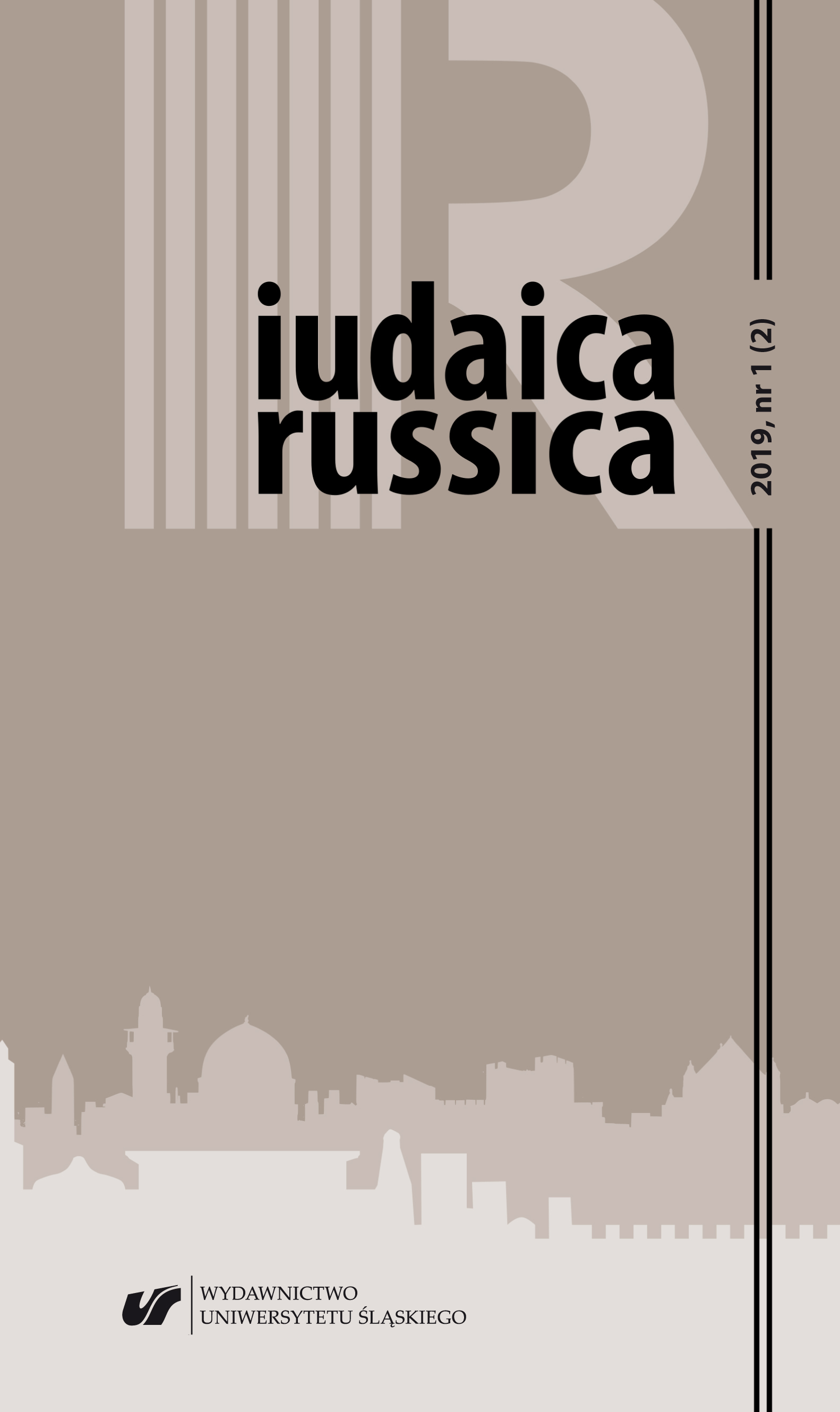
We kindly inform you that, as long as the subject affiliation of our 300.000+ articles is in progress, you might get unsufficient or no results on your third level or second level search. In this case, please broaden your search criteria.


The figure of a Jew is one of the most common literary concepts in the works of Russian post-modernism. It arouses particular interest among artists from conceptual circles. A characteristic feature of Jewish characters of this type is bias, expressed primarily in the selection of strictly defined features, traditionally attributed to Semitic people. The abandonment of in-depth psychologization and the creation of a universal model of the Jew makes it possible to use this concept in a literary game, the main aim of which is to deconstruct certain phenomena of political and social life. The analysis carried out by the author of the article allows to observe the artistic and philosophical concepts used for this purpose, as well as the broader plan of the current social view of Jews and the Jewish cultural context. The figure of a Jew is one of the most common literary concepts in the works of Russian post-modernism. It arouses particular interest among artists from conceptual circles. A characteristic feature of Jewish characters of this type is bias, expressed primarily in the selection of strictly defined features, traditionally attributed to Semitic people. The abandonment of in-depth psychologization and the creation of a universal model of the Jew makes it possible to use this concept in a literary game, the main aim of which is to deconstruct certain phenomena of political and social life. The analysis carried out by the author of the article allows to observe the artistic and philosophical concepts used for this purpose, as well as the broader plan of the current social view of Jews and the Jewish cultural context.
More...
The Torah texts (the book of Genesis) are the base for the appointing and describing of the thirteen degrees-stages of Joseph’s raising as the characteristic and full from that is typical for the Judaic mental tradition. Then this tradition is described as a model to be compared with the examples from the Prophets (Mordecai, Daniel) as well as with other texts including the literary ones and the well-known historical facts.
More...

Jakub’s Books by Olga Tokarczuk talk about Józef Frank (1726–1791), the creator of “probably the most significant phenomenon of public life in which the Jewish communities participated in the beginnings of the modern era”. The writer, thanks to his hero, considered the successor of the leaders of the largest messianic movement, Sabbatai Zvi and Baruchja Ruso, guides the reader through the multicultural and multiethnic Polish Republic in the turbulent 18th century.
More...
This article is devoted to Menachem Kipnis: a Polish cantor, journalist, satirist, columnist, songwrit¬er, photographer, and person fascinated by folk tales and Jewish folk tradition. Depicted in Kipnis’ stories, epon¬ymous Chełm happens to be a place existing first and foremost in imagination, which is abundant in grotesque and absurd representations of everyday life of its citizens. As it is argued in the article, this is the realm founded on folk superstitions, whose inhabitants seek wisdom: the value they deem to be of greatest importance.
More...



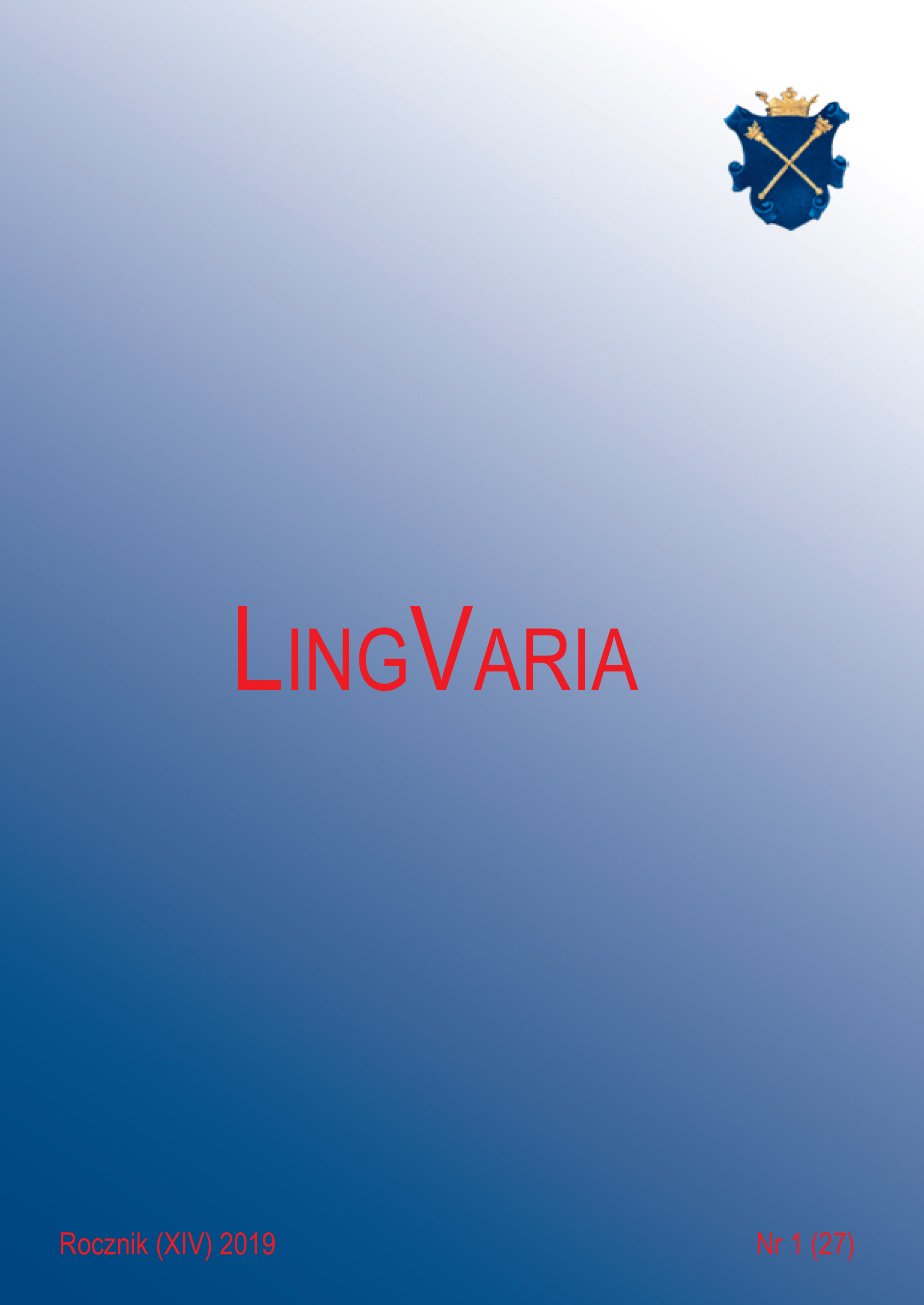
In 1925, the Slavic Institute was opened at the Jagiellonian University with a view to educate experts in Slavic studies. The intention was for the studies to be interdisciplinary, it was planned to create departments not only in literary studies and linguistics, but covering a possibly wide range of disciplines. The idea of the Study was born not in the academic milieu, but among politicians. The intention was to create an institution which, on the one hand, would educate Poles about Slavdom, and on the other, would win Poland sympathizers in other countries by inviting young people from Slavic countries and making it possible for them to study in Cracow. It was also planned that Polish graduates of the Institute would be given scholarships to various Slavic countries. Another goal of the Institute was to prevent Czechoslovakia from dominating Slavdom. Due to the economic situation of Poland in late 1920s and early 1930s, the project was implemented only partially. The contribution of the Institute to the development of Slavic studies in Poland, however, is unqestionable, especially in the field of personnel education. The Institute was closed in 1951, as part of the reform of higher education that was undertaken by the communist government and destroyed the academic milieu in Poland.
More...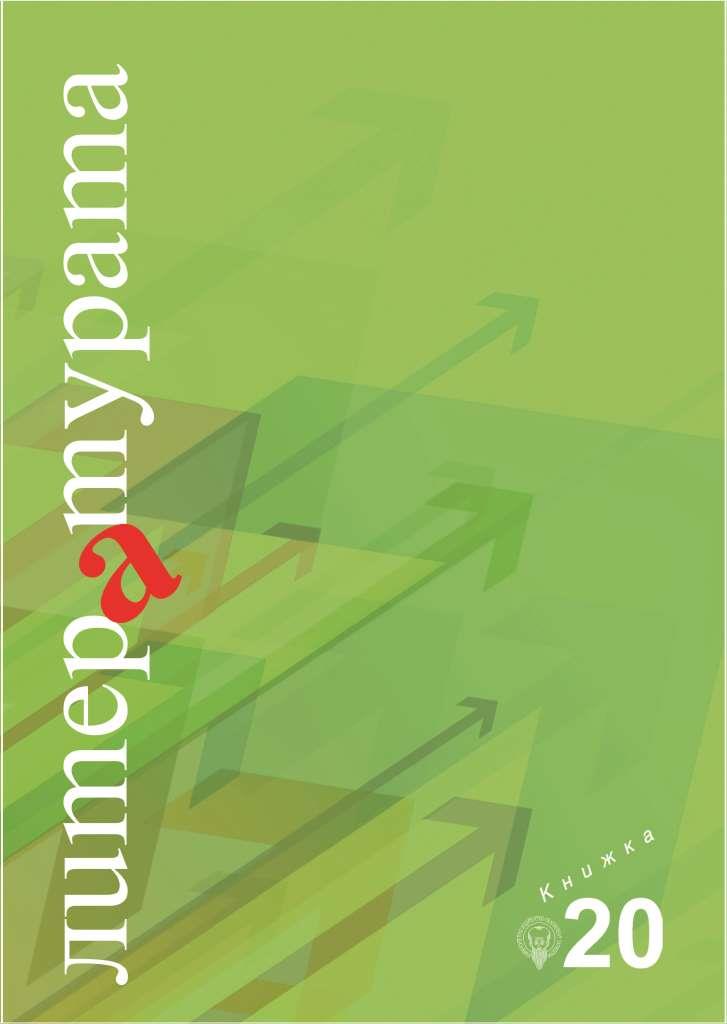
This paper aims to present a theoretical model of the process of female objectification in film noir and attempt to apply the same (despite its singularity) to several works of fiction in two artistic fields, i.e. cinema and literature. Based upon the theoretical framework of feminist film critic, Laura Mulvey, the model lists some of the factors contributing to the placement of “woman” at the other end of a binary opposition with “man” (the protagonist) and goes on to explore two possible case scenarios for the process of female objectification in the noir genre. Making use of Freudian and Lacanian psychoanalytic terms and concepts, the proposed model examines 1) the acts of active and narcissistic scopophilia as normal byproducts of the process of viewing a motion picture; as well as 2) the occurrence of a fetishistic or voyeuristic inclination as the result of an activated castration complex in the face of the protagonist, and hence – the viewer. In the final, analytical part of this study the model is put to the test against two works of literary fiction, namely Cornell Woolrich’s short story “It Had to Be Murder” and Edogawa Ranpo’s novel “Black Lizzard”, and their respective film renderings by directors Alfred Hitchcock and Fukasaku Kinji. Some preliminary conclusions are made with regard to the applicability of a singular theoretical model to a number of artistic works of the same genre.
More...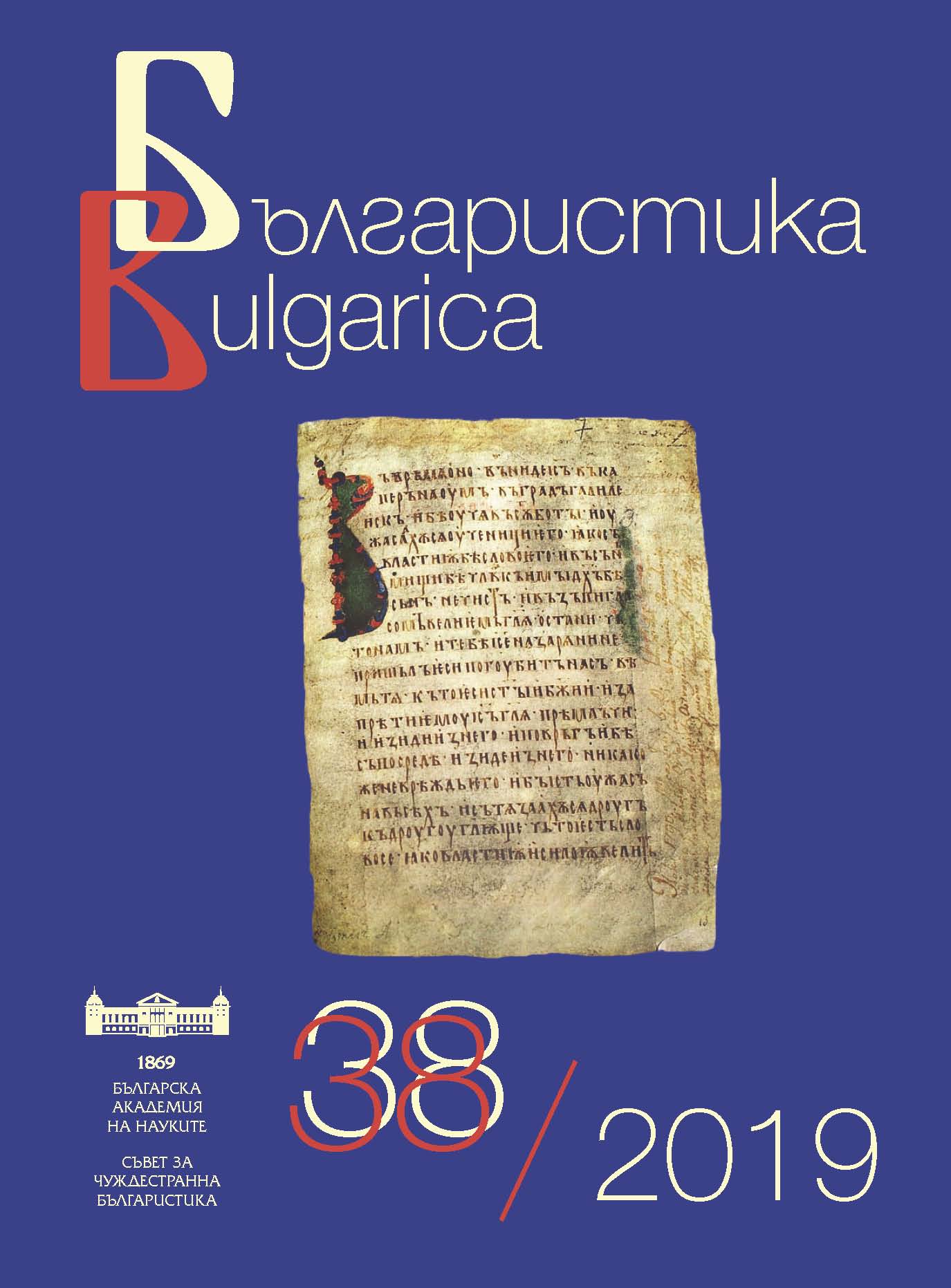

Defended PhD theses in Bulgaria in the field of linguistics, literature, history, folklore, ethnography and art studies
More...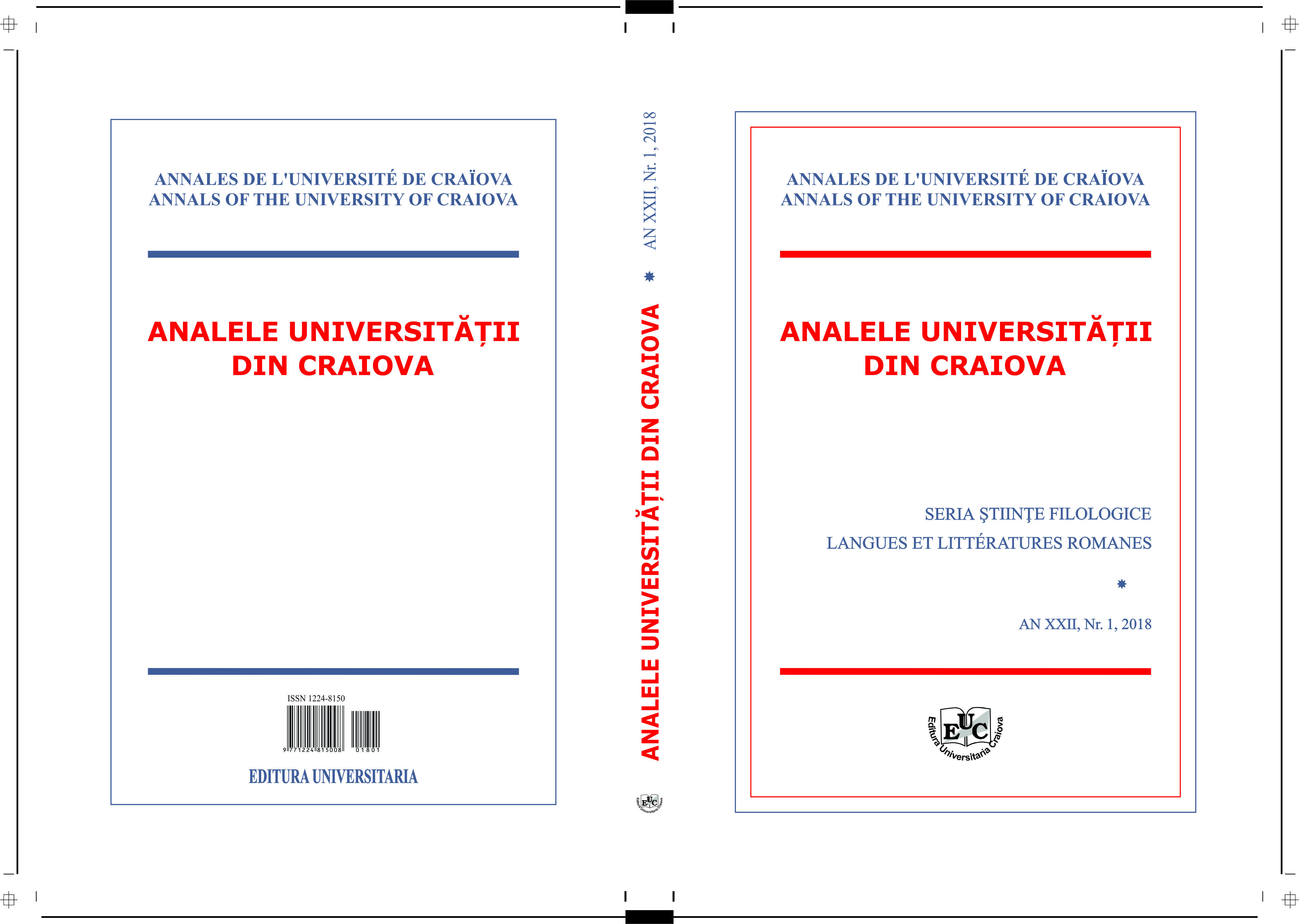
The paradigmatic framework of this paper is represented by visual stylistics borrowing its methodological tools, but not its heuristic operation, from semiotics. The stylistics envisaged here will continue the quest for expressive singularity in terms of perlocutory efficiency. From a hermeneutic perspective, it will articulate the representation of visual identities via plastic encoding to the functioning of the generated speech. It will be the same for the narrative/poetic discourse embedding the marketing argumentation and finally the axiological level of the utterance which carries values defended by the brand that deploys it. This study aims to show that sexual metaphor, as a proven literary topos and playing on the scenography of projected bodies, is often invested by advertisers on a tensive scale where the implicit can give rise to an abstruse encoding able to support commercial argumentation.
More...
What is going on when the metaphor which leads to the notion of transfer, and which can cause problems during its translation, is transferred from text to screen? In this article we shall dwell on the question of the film adaptation of the metaphor by focusing on the case of Anna Karénine's death metaphorically presented in Tolstoy's novel. [This article resumes the conclusions resulting from the analysis of several films within the framework of the Master's degree research thesis.] Also to illustrate our reflection, we shall concentrate on the analysis of a sequence of the film based on Tolstoy’s Anna Karenina, by Bernard Rose, staging Anna Karénine's death.
More...
The proper spelling of a word is one of the writing skills to be developed in the teaching and learning of a language. Its value consists in observing the morphological structure of a part of speech and in restructuring the graphemes according to the morpho-phonic models found in dictionaries. In this article, we have tried to analyze the representations of teachers regarding the teaching of spelling in French as a foreign language and the difficulties encountered by learners when learning the related rules.
More...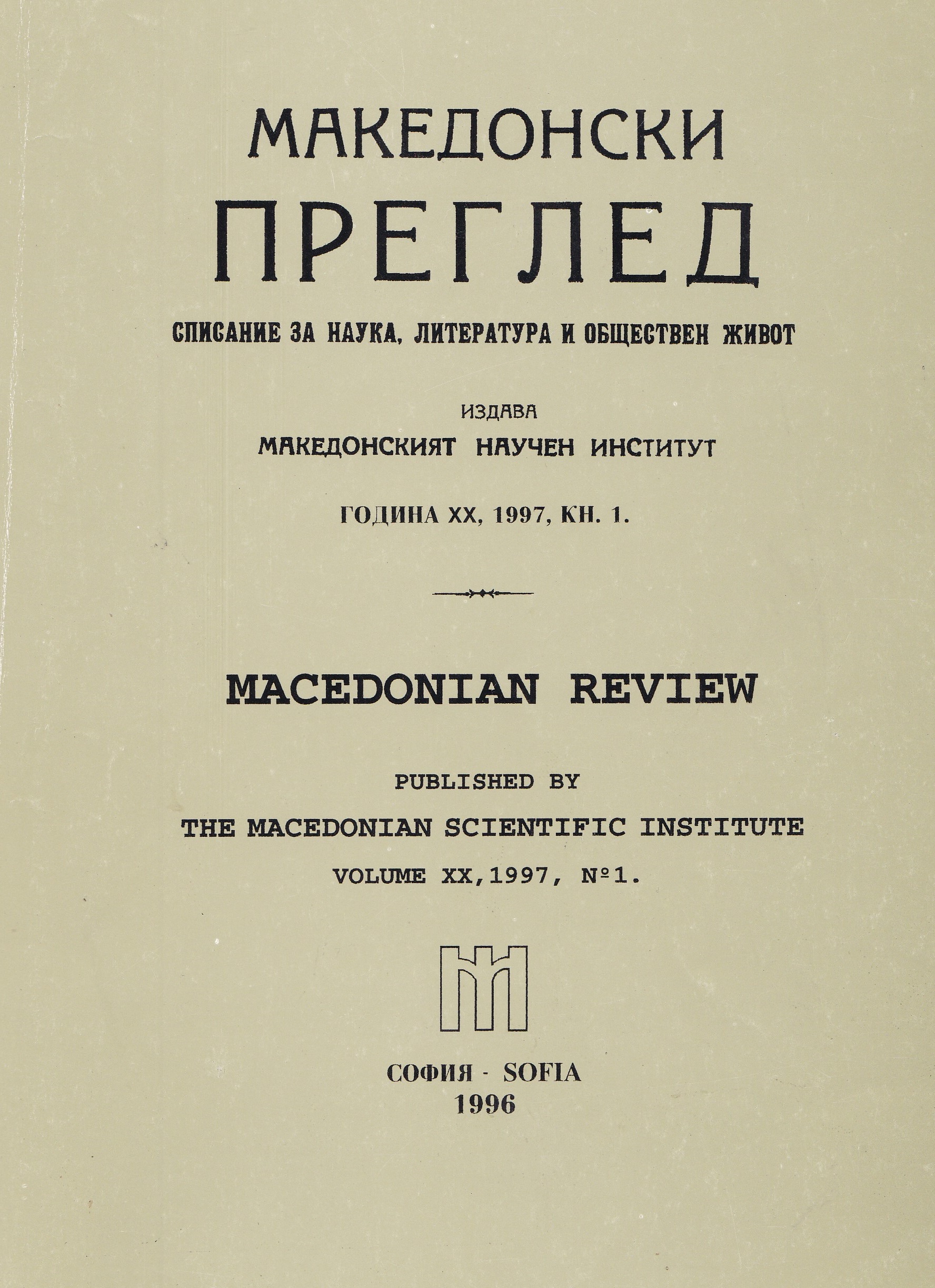
The paper analyses composite nouns registered in the speech of the Gotse Delchev region. The composites fall into five word formative categories: nomina agentis, nomina instrumenti, nomina actionis et nomina resultativa, and nomina loci.
More...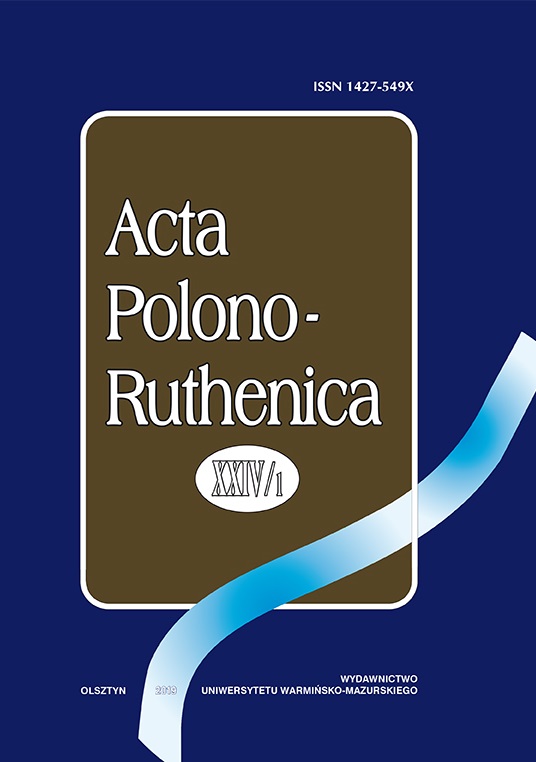
In this publication I discuss a 1927 article written by Elizaveta Skobtsova in which she pro-vided her programme of immediate and long-term remedial actions to be taken urgently by the Russian emigration community in order to mentally prepare for the fight against the evil residing at the Kremlin in Moscow. The author established specific initiatives, suggested their respective performers and deadlines. Some actions were meant to be taken individually, while others required organisational support in the form of seminar discussion groups. First as Elizaveta Skobtsova and later as Mother Maria, by means of setting her own example the Paris nun proved the accuracy of her attitude and the aptness of her assessment of the historical, political and religious situation of those days.
More...
The paper discusses Karol Potkański’s study of Russia called Constantine and Methodius (1905) with reference to Tadeusz Nalepiński’s work The Spirit King of Russian. He’s coming!,Władysław Jabłonowski’s Around the Sphinx. Studies of life and world of the Russian people (1901),Two cultures. Historical and literary studies (1913), Stanisław Kutrzeba’s Sources and contrasts of Polish and Russian cultures (1916), Marian Zdziechowski’s Selected works,Bogumił Jasinowski’sEastern Christianity and Russia (1933) and others. It attempts to show the religious studies’ current in the Polish research in Russia which was open not as much to the Orthodox Church as to the Rus-sian sectarianism. The author follows ethnogenetic intuitions of Russia historians signalized after the Russian Revolution of 1905 in relation to their inquiries into widely-comprehended Russian spirituality and psychology. He records what was said about the radical dualism of Slavs and their Iranian origin. He shows it is historically justified to use religious studies’ method in Russian studies. He proves the efficiency of dualism as a model for analyzing Russian history. He indicates the key to history through the sectarian beliefs and ideas of Gnostic-Manichaean provenance.
More...